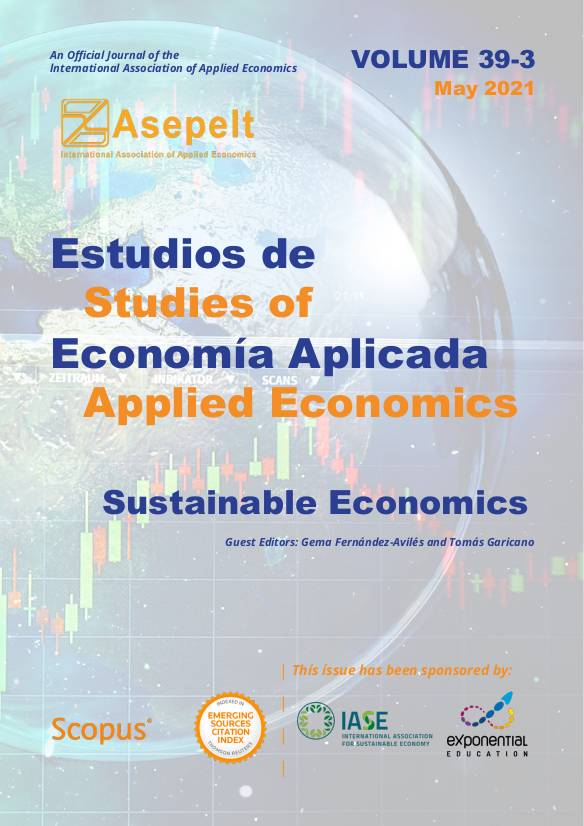Increasing Forest Cover for a CO2 Neutral Future: Costa Rica Case Study
July 2021

In the last quarter of 2020, the Costa Rican Ministry for the Environment and Energy (MINAE) announced the signing of two major agreements, the first for US$63 million with the World Bank cooperative program for forest emissions reductions, and the second for US$54 million with the Green Climate Fund (GCF) under the results-based program. These two agreements are the last of the first-generation of Payment for environmental services (PES), signifying the culmination of a long process that attained a reduction of 14.7 million tC02e for the results-based payment with the GCF and 12 million tCO2e emissions fixed in regenerated forestland and forest fires control with the WB.
The first generation of PES was critical in the country´s effort to increase forest cover from the lowest historic point of 21% in 1987 to 57% mark by 2017. There is, however, a new national goal to become CO2 neutral by 2050 as recommended by the Paris agreement since 2015. As a consequence, Costa Rica pledge to further increase forest cover, fixed CO2 in soils and combat forest fires.
Costa Rica is one of more than 120 countries committing under the Paris agreement to become CO2 neutral by 2050. To achieve this goal, each country needs to transform every economic sector in order to become carbon neutral, either by reducing emissions or by compensating at the national level. However, the country is reaching its maximum capacity to increase forest cover; hence, it needs to consider an integral approach to reach the c-neutral goal. This approach requires it to generate electricity based on renewables; to switch transportation from fossil fuels dependency to a cleaner source of energy; and to use every available land to fix as much carbon as possible. That means ensuring the most effective and efficient use of the forest cover that exists today and shifting the focus from a primarily quantitative measurement of forest cover, to a new one that further values the qualitative benefits of species utilized and services produced. In addition, halting deforestation in sensitive areas, increasing forest coverage in areas still available (approximately 3% for forest and 5% for agroforestry) incorporating agroforestry, silvopastoral and multi-use systems that will allow for more sustainable production systems, increasing ecosystem services.
Nevertheless, the government’s plan will only succeed if there are negative CO2 emissions from the land use sector (therefore compensating emissions added in other economic sectors); which will require a second-generation of PES (PES 2.0), evolving to an inter sectorial economic instrument. MINAE is currently working on this second-generation instrument. The new PES 2.0 should concentrate in ecosystem services rather than only in forest service and should promote the conversion of land under agricultural production (i.e. cattle and diary) into agroforestry operations. Costa Rica also need to replace the PES funding sources coming mainly from the 1996 fossil fuel tax, ideas such as CO2 trade may provide on future funding option. This paper syntheses government pledges, interviews and the authors’ experience working with the first generation of PES, and presents initial recommendations to increase the effectiveness and impact of PES 2.0.